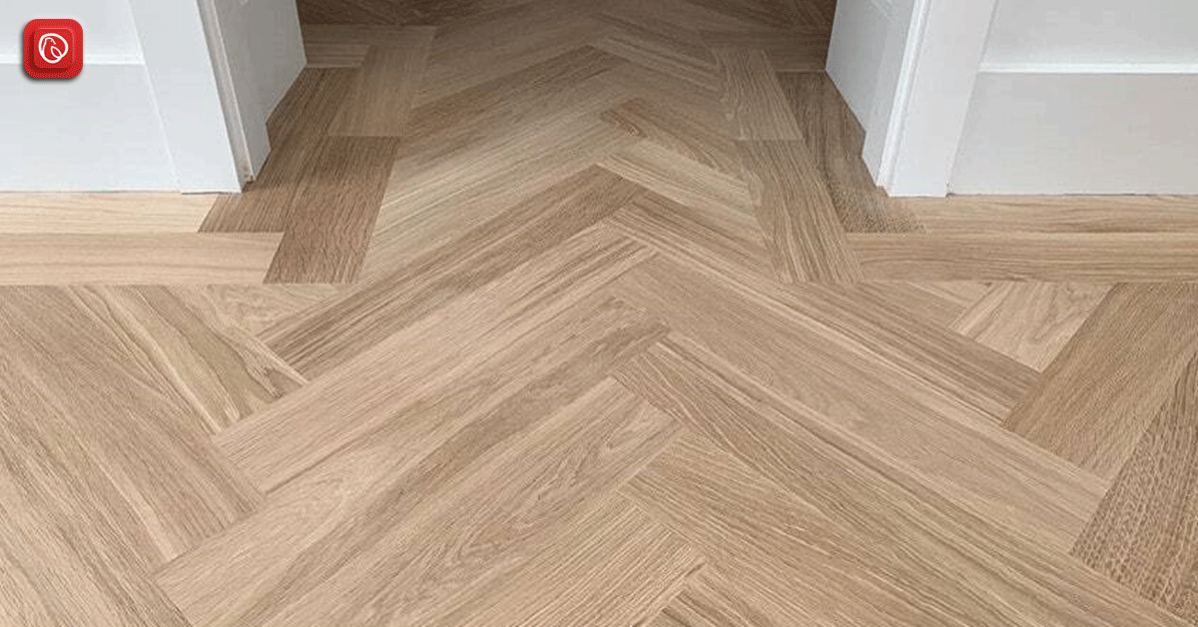Beautifully intricate and elegant, parquet flooring is the term used to describe the geometric patterns made from multiple wooden panels. The word “parquet” is French for “a small compartment” and explains the use of decoratively laying wooden pieces in an intricate pattern. If you’re reading this, it means you’re curious about the history, origin, style and longevity of parquet floors.
In this blog, Graana.com discovers everything you need to know about this type of flooring, and whether it could be suitable for your next project.
Origin of Parquet Floor
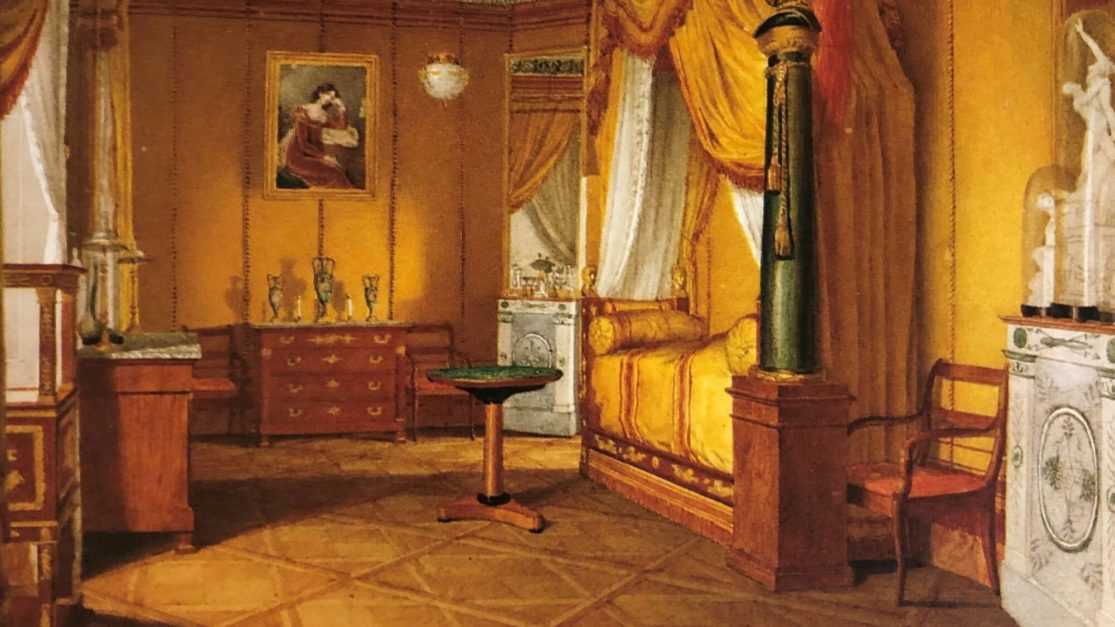
Parquet flooring has a rich and royal history, starting in 16th century France. Skilled artisans would lay interlocking wooden panels into geometric shapes to replace troublesome stone or marble flooring. Weighing a lot less than stone or marble, the new parquet wooden flooring put less strain on the timber framework and would be easier to maintain.
King Louis XIV replaced the marble floors in the rooms of the Palace of Versailles with what is now known as the design “Parquet de Versailles”. Ever since, this flooring has been synonymous with elegance, prestige, and luxury.
Different Styles
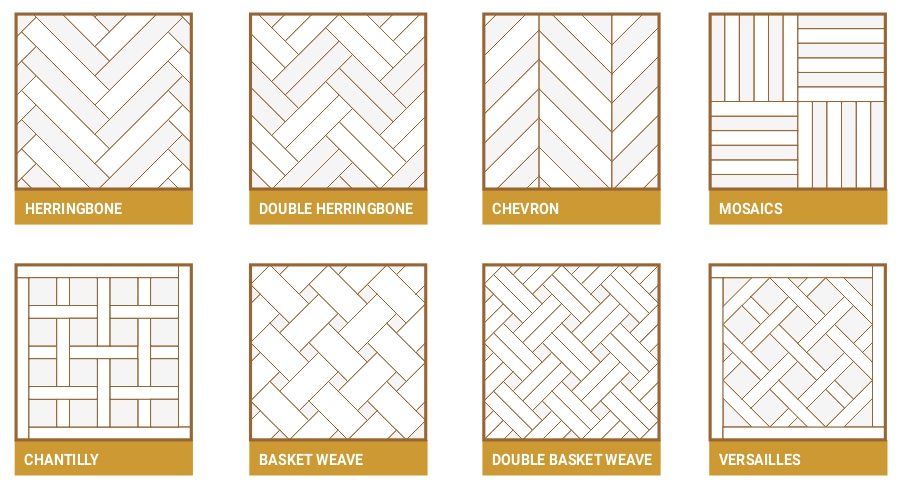
The style and durability of a wooden floor cannot be overstated when it comes to this particular type of flooring. The geometric designs of a parquet floor are stylish, timeless, and exude an effortless elegance that can transform your space.
As it refers to a geometric pattern of inlaid panels of wood, there can be an almost infinite number of parquet designs. However, the four most popular parquet flooring designs are:
Herringbone Parquetry
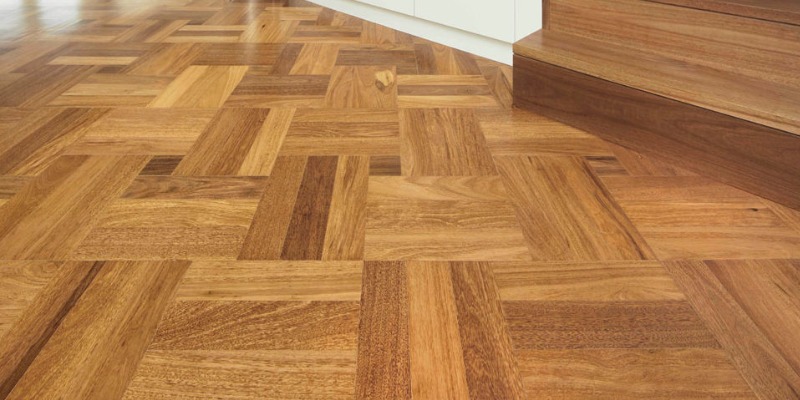
Panels of wood with equal lengths, cut into rectangles with flat 90° angles, create the Herringbone design. Each plank’s end touches the side of another panel, forming a beautiful and stable design that limits movement due to the tightly packed arrangement of the planks.
Chevron Parquetry
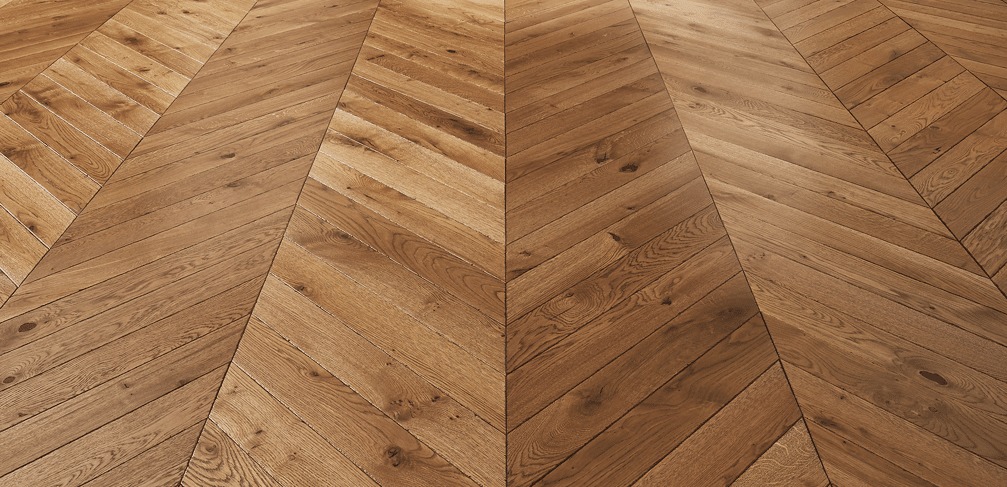
In Chevron parquetry, the planks of wood have equal lengths, but their ends are cut at an angle. Placing the top end of one plank against another creates a “V” shaped pattern, commonly known as a chevron, similar to the herringbone design.
Versailles Parquetry
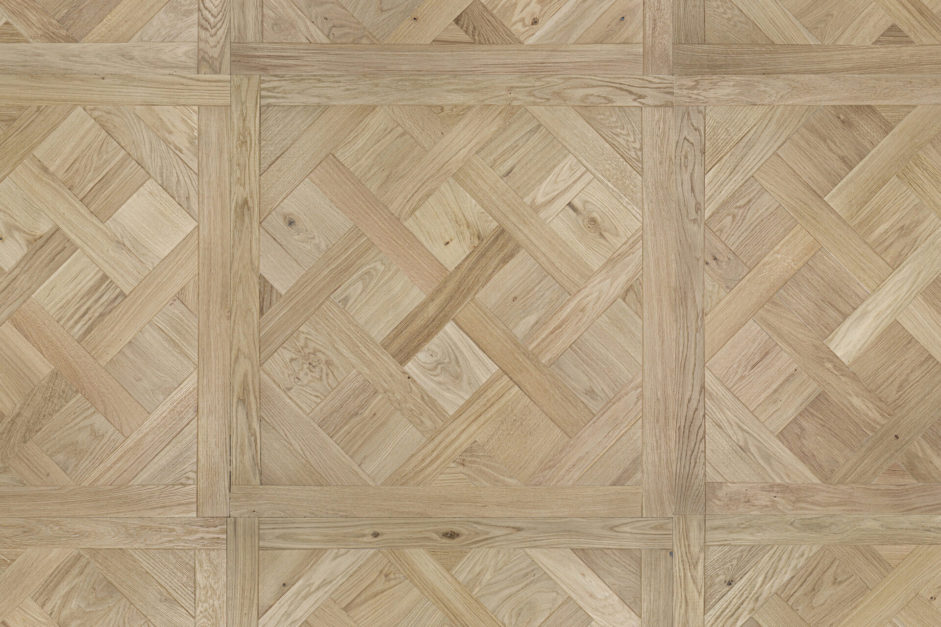
As mentioned earlier, we highlight this pattern for its renowned use in the grand Palace of Versailles. No doubt, this design is beautifully intricate, with interlacing diagonals. Certainly, versailles is a truly elegant statement piece.
Mosaic/Brick Parquetry
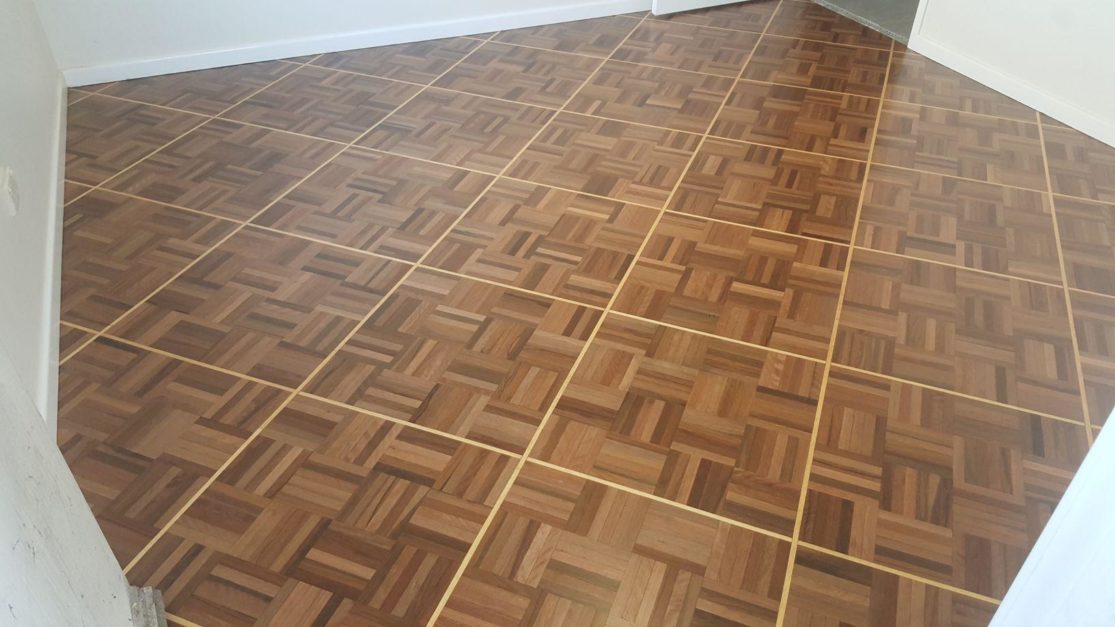
The mosaic or “brick” pattern is a simple, yet effective design, made up of small rows of wooden panels that form square tiles. Placing each tile perpendicular to the tile next to it achieves the mosaic pattern, forming a simple yet pleasing effect on the eye.
Are parquet floors real wood?
Yes, parquet floors are real wood. Composed of individual wood pieces arranged in geometric patterns, parquet is a type of hardwood flooring. This intricate design enhances the aesthetic appeal while maintaining the authenticity and durability associated with real wood, making it a popular choice for elegant and timeless interiors.
Pros and Cons of Parquet Floor
Here are 5 pros and cons to consider when choosing a parquet floor if you’re renovating your home or apartment.
Pros of a Parquet Floor
- Durable: Parquet floors were originally used to replace marble and stone floors, which means it’s very durable and, as it’s made of hardwood, will show very little signs of normal wear and tear over the years.
- Allergy-friendly: Parquet floors are a great option for those with allergies—especially those with asthma or carpet allergies. As parquet flooring is easy to clean, it is easy to keep your floors dust free.
- Stylish: A wooden parquet floor makes a beautiful and stylish statement for any home or modern apartment. Parquet is a symbol of fine craftsmanship and built to last.
- Stable: Because parquet flooring is made from interlocking hardwood planks, there is naturally less movement than what may occur in other wood floors.
- Sustainable: Wooden parquet flooring is some of the most sustainable and environmentally friendly flooring around. Wood is a renewable resource. Hence, as long as we keep on planting the hardwood species that work best for parquetry.
- When cared for correctly, a hardwood parquet floor can last for generations, providing sustainable flooring for years to come.
Cons
- Scratches on wood: As with all wooden floors, a wooden parquet floor can be marked or dented by dropping sharp objects onto the floor, or scratched by dragging heavy furniture across it.
- Damaged by moisture: Due to being made of wood, moisture and humidity are the natural enemy of parquet. Parquet flooring may not be a good idea for bathrooms, or a wet place for a period of time.
- Requires maintenance: This flooring will require maintenance as time goes on. Resealing your floors when necessary or opting to sand and polish the floor is important. This ensures that your wooden panels retain their optimal appearance for many more years to come.
- Color can fade: If your flooring is exposed to intense and direct sunlight, this can fade and ‘wash out’ the color of your parquet flooring.
- Flooring can be noisy: As with all solid floors, there is the potential for a wooden floor to be noisy underfoot, especially if you wear shoes in the house.
For more information, visit Graana.com.
